
How do museum objects impact children with Special Educational Needs and Disabilities?
BY: Guest Writer
01 Jul 2019
We hear from Sarah Allen, Learning and Access Officer at Abbey House Museum and Kirkstall Abbey (part of Leeds Museums and Galleries), who explores positive impact of museum objects on children with Special Educational Needs and Disabilities.
As a Learning Officer, I have a wealth of stories on how children behave when they visit our small museum. From the tiny nursery children who think I really must live in our Victorian Streets to the wily Year 6s who try to catch you out with questions about toilets; every day is different and has at least one little gem in it.
But I think my favourite anecdotes always include the dramatic progress in communication made by children with Special Educational Needs and Disabilities (SEND). The number of times that a child (particularly when the teacher has whispered to me saying ‘they won’t really join in, they are autistic’), has picked up a museum object and come to life really is amazing. I think most Learning Officers have similar experiences and yet it is really hard as a sector to be able to prove or track this impact in a significant or robust way.
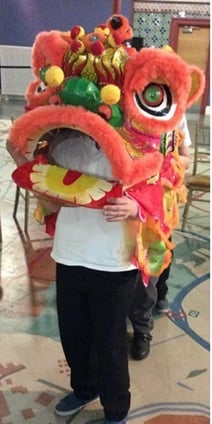 From 2015, Leeds Museums and Galleries (LM&G) were fortunate to be chosen to work with West Oaks SILC (Specialist Inclusive Learning Centre) on a piece of action research to track if working in collaboration could have an impact on pupils’ expressive communication. We worked with two classes, one KS3 and one KS5 with a total of 17 pupils over 20 weeks. We visited different LM&G sites, had outreach sessions in school and interactive workshops with artists both on and off-site. The sessions were planned with teachers using an Arts Award framework - each session was ‘Discover in a Day’, building towards Explore or Bronze Awards for pupils. The sessions were themed around the school’s termly ‘big question’ and started with object handling using objects from the LM&G collections.
From 2015, Leeds Museums and Galleries (LM&G) were fortunate to be chosen to work with West Oaks SILC (Specialist Inclusive Learning Centre) on a piece of action research to track if working in collaboration could have an impact on pupils’ expressive communication. We worked with two classes, one KS3 and one KS5 with a total of 17 pupils over 20 weeks. We visited different LM&G sites, had outreach sessions in school and interactive workshops with artists both on and off-site. The sessions were planned with teachers using an Arts Award framework - each session was ‘Discover in a Day’, building towards Explore or Bronze Awards for pupils. The sessions were themed around the school’s termly ‘big question’ and started with object handling using objects from the LM&G collections.
We tracked pupil progress carefully in a range of areas, including national curriculum subjects as well as across other skills such as confidence and collaboration. We were looking particularly at areas of communication, expression and art & design. In all three areas, pupils made substantially greater progress than what would have been expected without intervention. On average, pupils achieved 69% above their expected level of progress in less than an academic year - some pupils made over 100%.
The qualitative stories behind the data are equally inspiring. When one pupil with complex communication difficulties visited the Discovery Centre, he showed great interest in a taxidermy crocodile. Normally this pupil’s communication is chaotic and often echolalic. Here, he launched into a fluent description of the crocodile. He went on to inform the staff about the animal’s natural habitat, what it ate and the climate of the country it came from! This was an exceptional cross-curricular link, demonstrating a level of knowledge and understanding that school staff were unaware of. His work on this continued back in class where he drew the crocodile, made models and wrote about the animal. He was animated, fluent and coherent and engaged.
We have already shared elements of our learning with the wider profession; it has been too exciting not to. In 2016-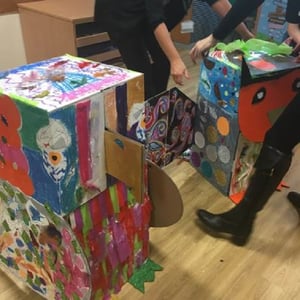 18 we worked with another SILC to see if we could replicate the results in another school across key stages and again saw staggering results. One secondary pupil exceeded expected levels (20%) by 292% in English speaking within 6 weeks. Now we are looking at how we and our partners can take our work forward. Raising achievement in SEND pupils and closing the gaps with their peers in mainstream education is a key focus in Leeds over the next few years. We are keen to show that museums using Arts Award can be at the very heart of that progress.
18 we worked with another SILC to see if we could replicate the results in another school across key stages and again saw staggering results. One secondary pupil exceeded expected levels (20%) by 292% in English speaking within 6 weeks. Now we are looking at how we and our partners can take our work forward. Raising achievement in SEND pupils and closing the gaps with their peers in mainstream education is a key focus in Leeds over the next few years. We are keen to show that museums using Arts Award can be at the very heart of that progress.
If you would like to find out more or request a copy of the official report from the action research with West Oaks SILC please email museumsandgalleries@leeds.gov.uk.
Related posts
BY: Guest Writer

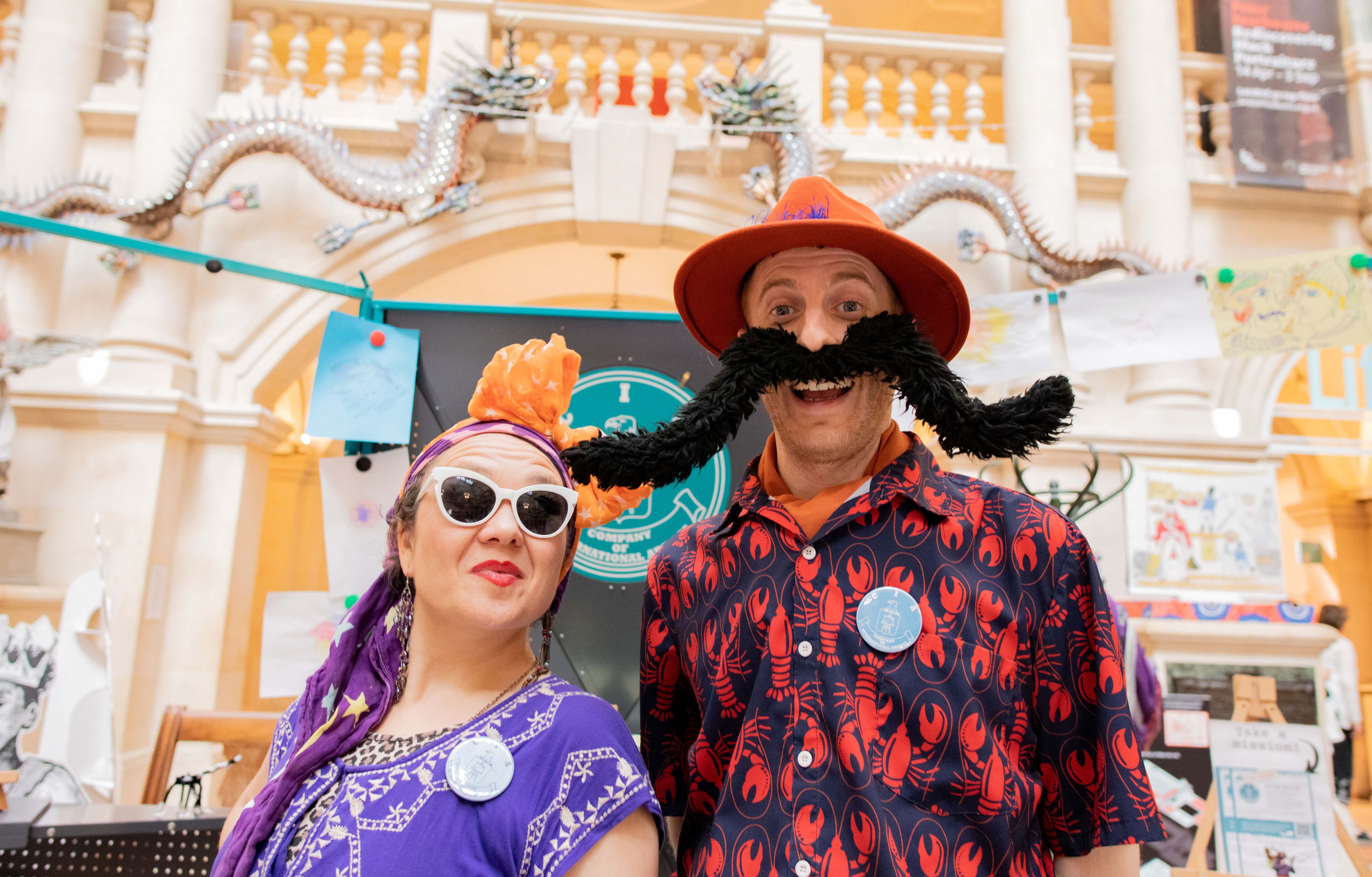
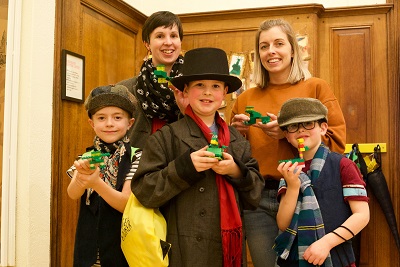
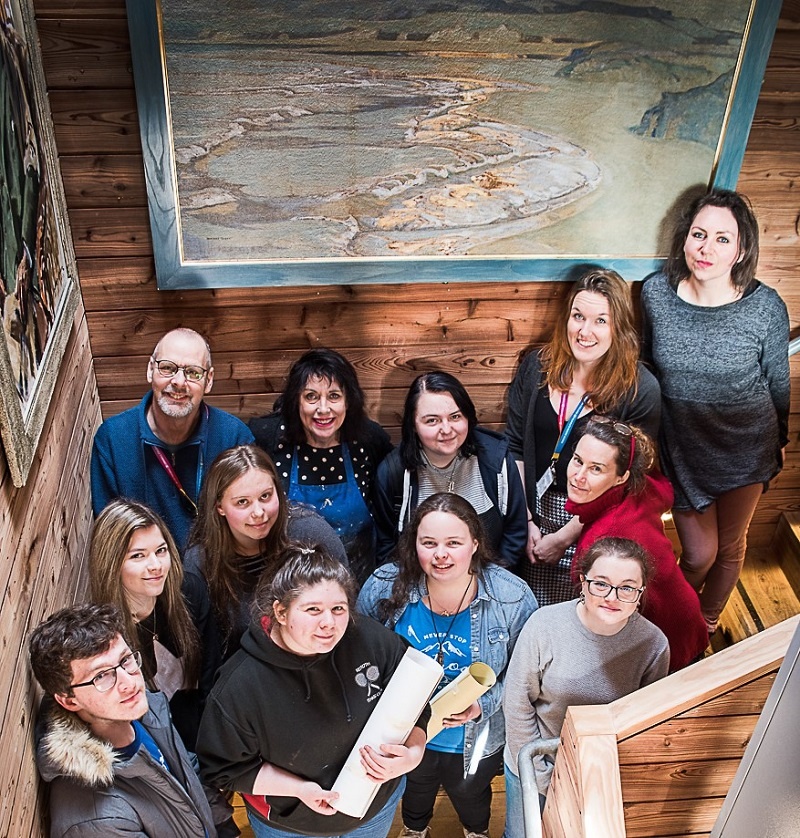
Comments & Replies